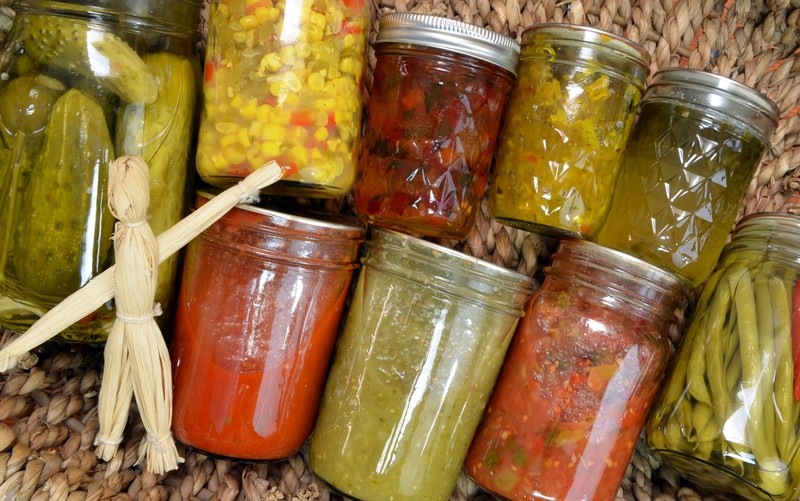When the US federal government tells you to be prepared, you know you really need to at least need to have their minimum recommendations on hand.
The following are some of your options.
Natural Disasters Relatively Short Term Effects
The standard 72-hour stockpile of emergency essentials is obsolete. It can be weeks before utilities are restored and you have to be prepared for this. Because of ailing power grids and ad hoc infrastructure projects storms that are not even classified as hurricanes can cause tremendous damage and the effects can linger for weeks into months.
Short-Term Preparedness
You should have at least 21 days of emergency essentials that are specifically for emergencies caused by natural disasters. Some may stockpile items that have short expiration dates and must use the supplies before they expire.
Economics can play a role in how well you can prepare. Finances are one of the reasons people do not prepare properly.
You can however, prepare gradually to reduce the economic burden by picking up one or two items each time you do your regular shopping.
Long-Term Preparedness
Certain situations can cripple any country for years. A nuclear surface detonation can cause damage to the point it can take years before workers can even enter the area meaning that the power grid and certain infrastructure will take years to repair providing it can be repaired at all. Cities and towns would be uninhabitable and certain manufacturing and transportation sectors would fail almost immediately.
To prepare for this type of situation you have to look at eventually developing your own food and water source that you control. In the meantime you need enough food and water stockpiled that will allow you the time to develop alternative sources. You will need to begin growing and raising your own foods by gardening and raising livestock. It will take at least two years before you see any meaningful harvest from your garden, and even longer for livestock. It is recommended that you have between two and three year’s worth of food and water.
Choosing the Right Foods for Any Situation
Canned goods have traditionally been an emergency food source because the foods can be literally eaten from the can without heating or any preparation at all in most cases. The recommendation for each person daily is one can of meat based product for protein, one can of vegetables and one of fruit. Supplement with peanut butter, crackers and beef jerky.
The drawbacks include limited variety, relatively short shelf life and the need to have multiples of cans on hand for a balanced diet.
Meals Ready to Eat (MRE’s) as their name implies are ready to eat without preparation or heating. Each package is a complete meal approximately 1,200 calories each and usually come with traditional condiments and eating utensils. The packages are designed so they can be immersed in hot water for heating. The shelf life is between five and seven years. Storing MRE’s between 60ᵒF/15.5C and 40ᵒF/4.4C will extend the shelf life closer to seven years. The recommendation is two meals per person daily.
Dehydrated foods are popular for long-term survival preparedness. Dehydrated/freeze dried foods can have up to a 30 year shelf life if unopened. The foods do require water and a means to boil water for reconstitution of the foods. The foods typically come in what is called number “10 cans”. Because the food is dehydrated, the cans hold a significant amount of meals per can. The foods can be divided up once opened but this will reduce the shelf life significantly. There is a large variety from which to choose including soups, fruits, meats, deserts, vegetables, sauces and potatoes. The amounts are based on two meals a day. These foods are recommended for long-term survival preparedness.
Home canning/preserving is another way to stockpile foods if you have vegetables and fruits you raise yourself. The home canned foods will usually have a shelf life of one year from the date they are canned with some exceptions. The foods are ideal for short-term readiness and if you have a relatively constant surplus that can be preserved you can consider them a long-term survival food. This food source would be considered a renewable and reliable food source during any situation where you can still raise fruits and vegetables and have the resources to preserve the foods.
Ideally, you will have a combination of all of the above – and enough to last several weeks.
Luckily, you do not have to do this all at once; by buying what you can afford whenever you can, you can stockpile supplies in a few months that will get you through most survival situations.
To learn more about short and long-term survival preparation as it pertains to food and general survival supplies, please visit Prep for SHTF.
